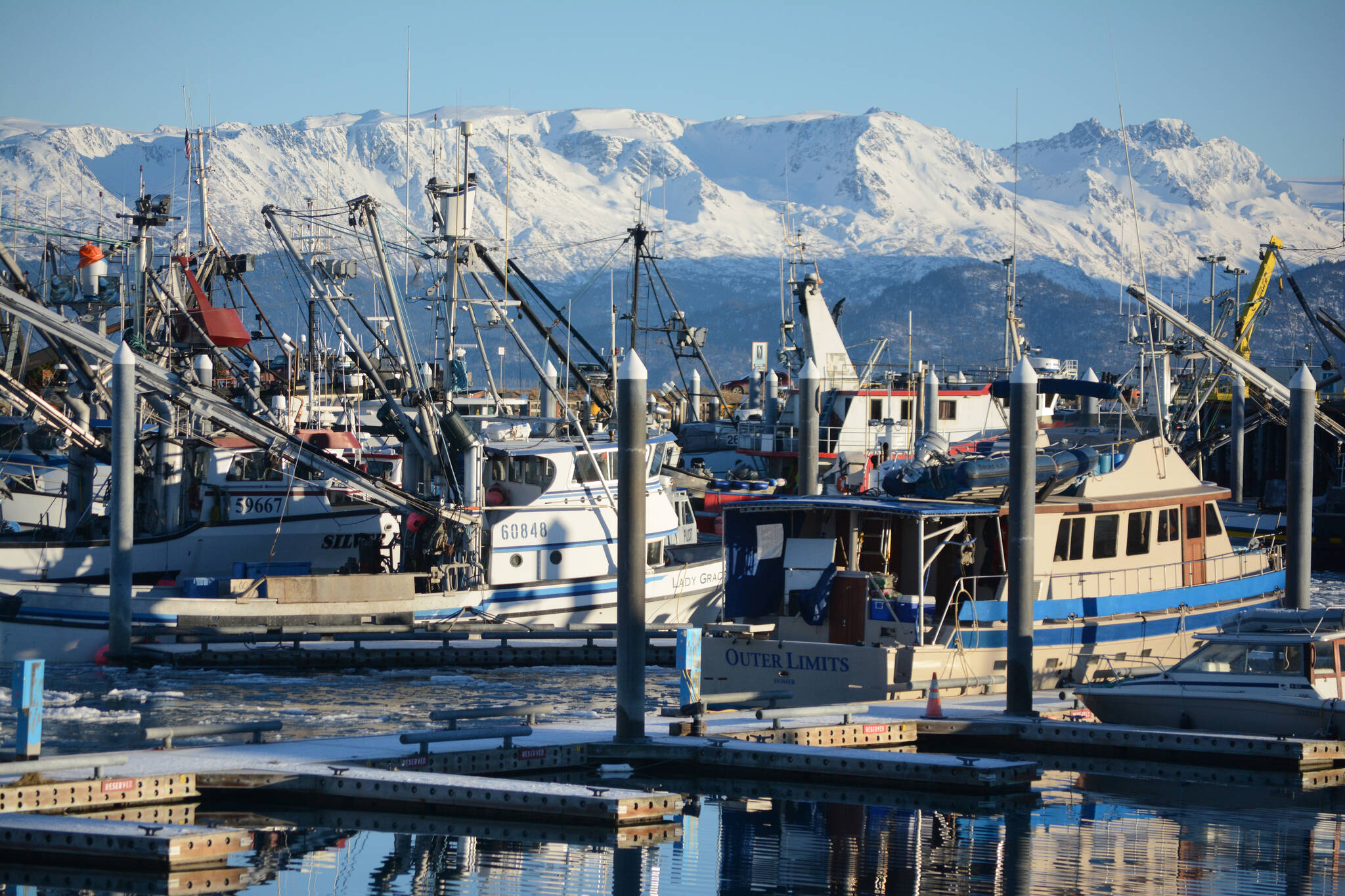Alaska processors are benefiting from a USDA program that allows the federal government to purchase U.S.-harvested seafood to distribute through federal assistance programs.
The USDA is buying up to $119.5 million in Alaska sockeye and groundfish, mostly pollock.
In March, Alaska’s Congressional delegation sent a letter to the Secretary of Agriculture Tom Vilsak urging him to consider a request by the Alaska Seafood Marketing Institute to increase the supply of high-quality protein to food-insecure Americans through USDA’s Section 32 program.
“The hardworking men and women of the Alaska pollock and salmon sectors are ready and able to supply large volumes of protein to meet the needs of millions of food insecure individuals. At the same time, coastal communities in Alaska and thousands of Alaskan small businesses and their associated fishing families will benefit,” the letter stated.
While the bid has not been formally posted on the USDA site, it reportedly includes up to $37.5 million in canned sockeye; up to $30 in sockeye fillets; and up to $52 million in Pacific groundfish.
That is a change from the usual USDA purchases of Alaska seafood for food assistance programs; generally the agency buys lower-end Alaska seafood products such as canned pink salmon.
It comes at a time when the markets appear uncertain as to the effect of the 2022 record harvest of Bristol Bay sockeye salmon, especially at a time of higher inflation that has many people cutting back on what some consider luxury items and are leaning more toward cheaper proteins.
The Bristol Bay run is anticipated to be strong next year, with a harvest of around 38 million sockeye, but that pales in comparison to the 60 million fish harvest last year. However, because of the year classes involved the 2023 fish are expected to be larger than the 2022 run, which averaged 5.1 pounds per fish. The 20-year average is 5.6 pounds. Bigger fish means bigger fillets which means better recovery, the amount of saleable meat from each fish.
Last year Bristol Bay fishermen were paid $1.15 per pound before bonuses for ice and bleeding; in 2021 the price was $1.25.
The size of the Bristol Bay return dictates much of the prices paid for sockeye salmon around the state, with the possible exception of the first few openings in the Copper River fishery, which starts with much fanfare and hype as the first fresh salmon on the market. Having a glut of sockeye in the freezers before the season opens does not bode well for anyone, so having the USDA take a bunch off the market is undoubtedly welcome.
Cristy Fry can be reached at realist468@gmail.com.



